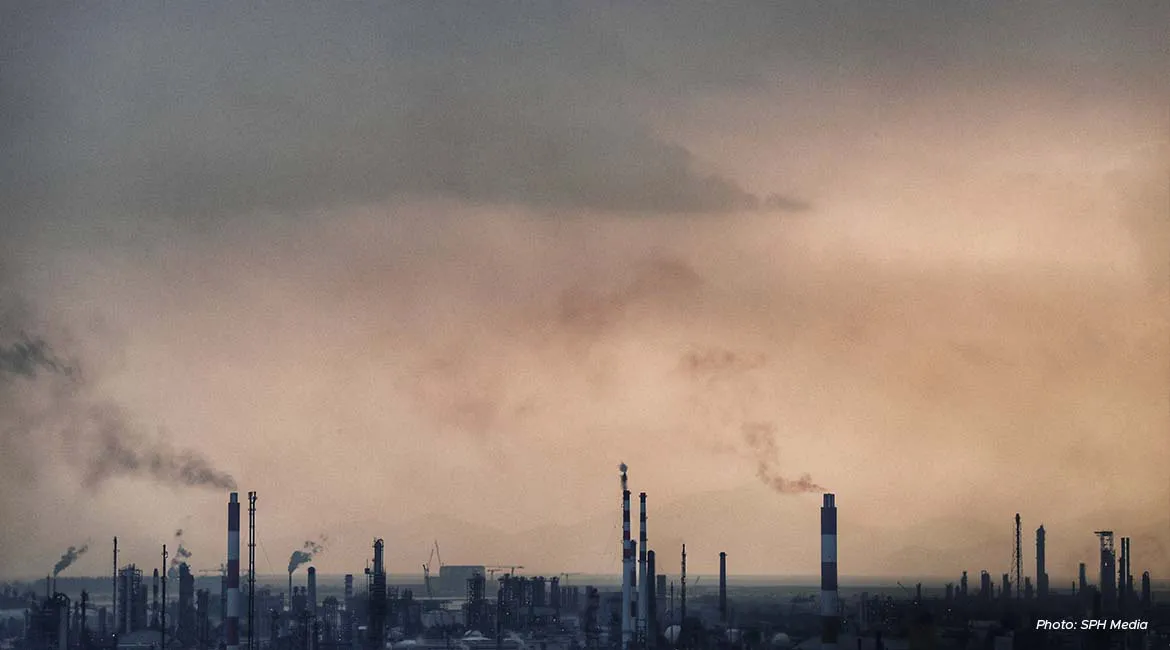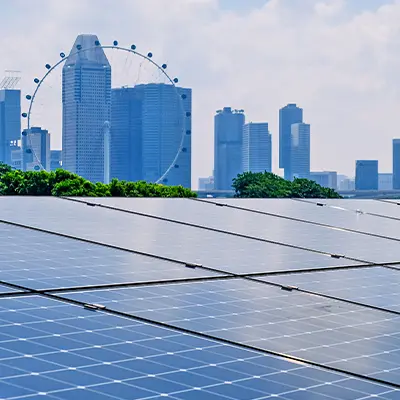A new laboratory has been launched to help translate hydrogen research and innovation into real-world applications for scaling and commercialisation.
This comes as Singapore has been looking to use low-carbon hydrogen to decarbonise its economy, with the fuel possibly accounting for 50 per cent of its energy needs by 2050.
Speaking at the launch of the National University of Singapore’s (NUS) Centre for Hydrogen Innovations (CHI) Laboratory on 25 July, Second Minister for Trade and Industry Tan See Leng said the centre is the first of its kind in Southeast Asia, and will help small and medium-sized enterprises develop quick prototypes and conduct testing to help translate these hydrogen technologies to real-world settings.
He noted that CHI first opened its doors in 2022 as a virtual centre, and had supported more than 17 projects with S$4.2 million in grants to advance hydrogen research.
In 2022, The Straits Times (ST) reported that the S$25 million centre will focus on the local production of green hydrogen, as well as hydrogen storage and transport. Hydrogen is considered a clean fuel as it does not produce any planet-warming carbon dioxide when burned.









